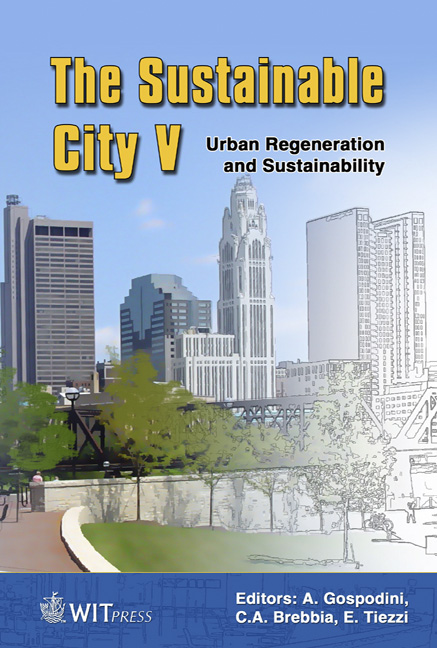Using The Past To Build A Town’s Image
Price
Free (open access)
Transaction
Volume
117
Pages
11
Page Range
247 - 257
Published
2008
Size
560 kb
Paper DOI
10.2495/SC080241
Copyright
WIT Press
Author(s)
G. Swensen
Abstract
During the 1990s many European cities, including the Norwegian cities, stressed image building as cultural cities. Growth in the so-called \“cultural economy” is strongly linked to a need in the post-industrial towns for new businesses. Culture has been viewed as an instrument for economical development and is used as a strategy to rejuvenate city centres. This includes a wide spectrum of creative activities, and a new interest for active use of cultural heritage assets in the image building of towns and cities has developed. Heritage has been ascribed a new role in the process of revitalising city centres. Based on empirical studies in two Norwegian towns the paper discusses whether this renewed interest has set marked stamps on the urban environments or whether it has a more superficial character in an attempt to keep up with international trends. Keywords: cultural heritage management, urban studies, area planning. 1 Introduction In the new \“image-building” or \“spectacularisation” (Vaz and Jacues [2]) that takes place in contemporary cities, both new and old cultural monuments are being created. What is remembered, as tradition or heritage, is selected from a vast range of built, natural and cultural environments. Based on the results from an empirical case-study of a selection of towns, where interviews, document studies and field observations play an important role as primary sources, this paper will focus on the role cultural heritage plays in Norwegian urban development today and will be looking more closely at what strategies are chosen to integrate cultural heritage in urban planning processes. Does the new interest for use of cultural heritage present a new dimension in planning, which has changed the direction for community development? How does the new interest for preservation of cultural heritage affect the established methods used by the cultural heritage management and does it promote development of new
Keywords
cultural heritage management, urban studies, area planning.





